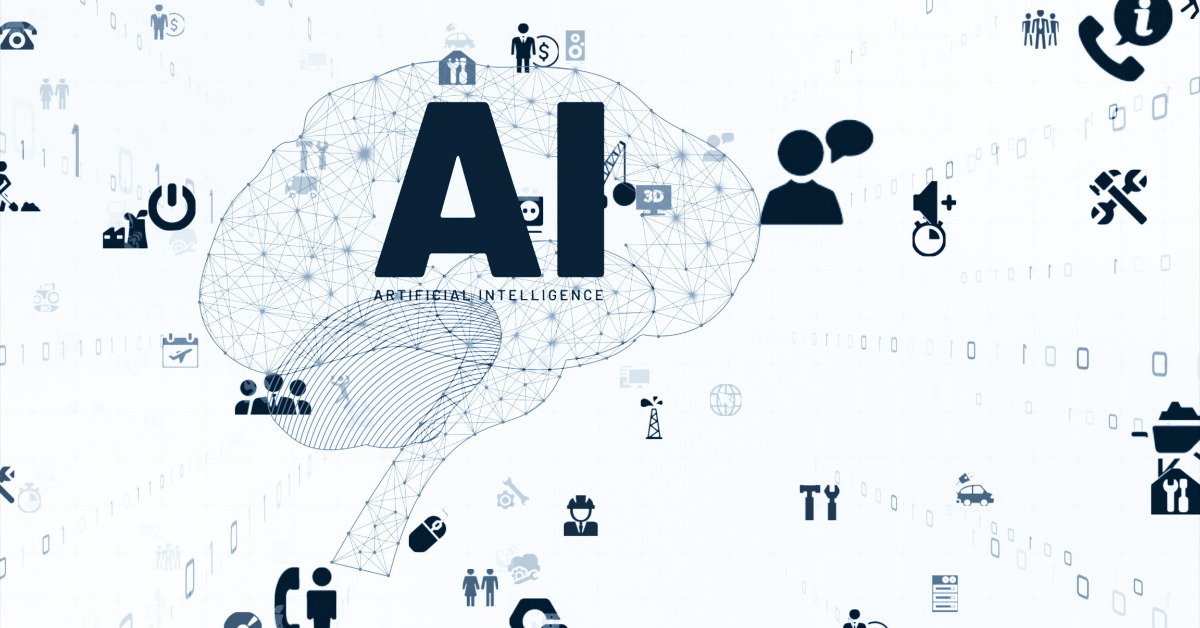By Jon Joyner, Cybersecurity Practice Leader
The Top Line
If the first two months of the year are any indication, 2025 is shaping up to be the year of Artificial Intelligence (AI). AI is revolutionizing industries by enhancing efficiency, streamlining operations, and enabling data-driven decision-making. However, as businesses increasingly integrate AI into their operations, they also expose themselves to significant risks, including data breaches, regulatory violations, and reputational damage.
Without proper safeguards, AI can become more of a liability than an asset. This is why having a robust IT security strategy is essential. This article explores the key risks AI presents to businesses and the steps organizations can take to mitigate them.
Breaking It Down – The Growing Risks of AI in Business
- Data Breaches and Privacy Concerns
AI systems rely on vast amounts of data to function effectively. If not properly secured, sensitive information—such as customer records, financial details, or proprietary business insights—can be exposed to hackers. A single breach can result in financial losses and erode customer trust.
Just as AI can optimize business operations, bad actors can also use AI to enhance their attacks. Your systems need to be on high alert to counter these evolving threats.
- Cybersecurity Vulnerabilities
AI-powered automation can be exploited by cybercriminals if not adequately protected. Attackers may leverage AI to launch sophisticated phishing scams, deepfake frauds, or automated hacking attempts. As AI becomes more integrated into business processes, companies must strengthen their cybersecurity defenses to stay ahead of emerging threats.
- Bias and Compliance Issues
AI models can inadvertently reflect biases present in training data, leading to discriminatory outcomes that may result in regulatory penalties or lawsuits. Businesses must ensure their AI systems adhere to ethical and legal standards, which require continuous monitoring and adjustments.
AI will also impact administrative controls such as Acceptable Use or Mobile Device policies. Many organizations are unaware that AI is subject to lawsuits, data retention policies, eDiscovery, and insurance claims. AI platforms should be governed and controlled much like email and file systems.
- AI-Powered Fraud
Criminals are leveraging AI to commit fraud at an unprecedented scale. From AI-generated phishing emails to automated financial fraud, businesses must prepare to defend against threats that are becoming more sophisticated by the day.
Social engineering threats are particularly concerning. Imagine a scenario where a bad actor creates an AI-generated video impersonating someone, using it to extort or manipulate their target. These threats highlight the urgent need for businesses to implement AI-specific security measures.
- Operational Risks and AI Malfunctions
AI-driven automation can fail if models are not properly trained or updated. Incorrect predictions, data errors, or AI system malfunctions can disrupt operations, leading to downtime and financial setbacks. Businesses must ensure their AI is reliable, continuously monitored, and updated to maintain accuracy and efficiency.
Much like technical and security controls, having the right personnel with the necessary skill set, knowledge, and experience is crucial to maximizing the effectiveness and security of AI platforms.
Does Your Business Face These Risks?
If any of these concerns sound familiar, your business may be at risk. Ask yourself:
- Are you handling large volumes of sensitive customer data?
- Do you rely on AI for automation, decision-making, or fraud detection?
- Have you experienced cybersecurity threats or compliance challenges in the past?
If you answered yes to any of these, it may be time to consider a risk assessment. Our introductory risk assessment will help you gain a clearer understanding of the true risks AI poses to your business.
What This Means for You
AI is a powerful tool, but without the right security measures, it can expose businesses to significant risks. Companies that fail to address AI vulnerabilities may face financial losses, reputational damage, and regulatory scrutiny.
Don’t wait for an incident to take action—proactively managing AI risk ensures business continuity, security, and compliance.
If you are interested in learning how ATA can help manage your AI risk, schedule a 30 minute complimentary consultation with me by filling out our contact form.
